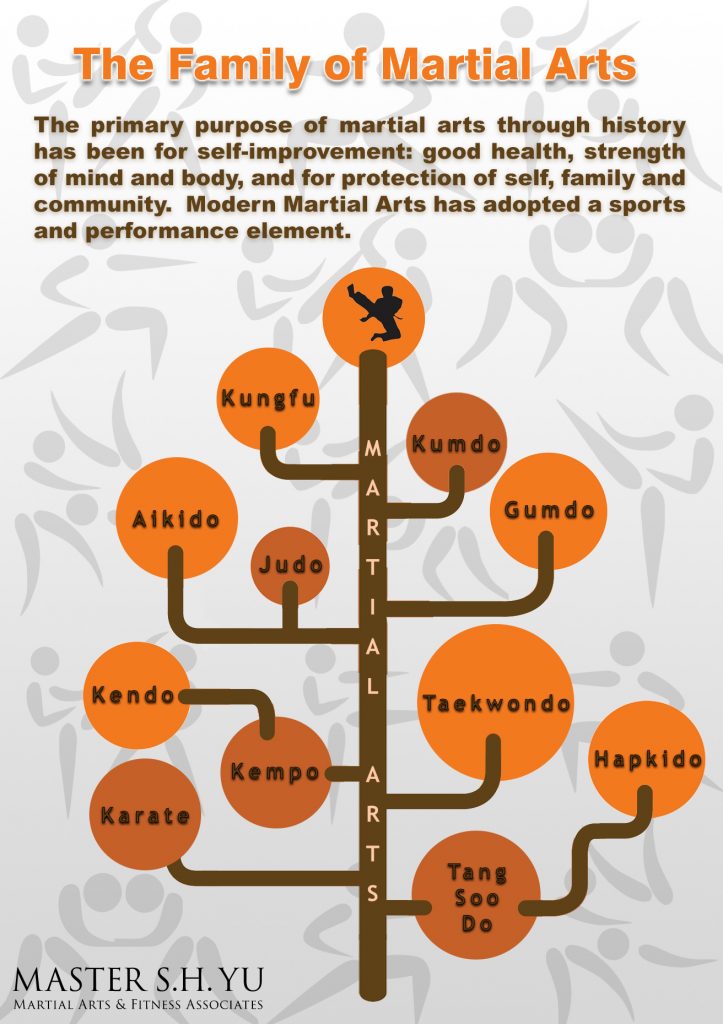Demystifying The Different Fighting Style Styles: From Martial Arts To Taekwondo
Demystifying The Different Fighting Style Styles: From Martial Arts To Taekwondo
Blog Article
Developed By-Stender Clay
Are you tired of sensation overwhelmed by the vast world of martial arts? With a lot of designs to pick from, it can be easy to get lost in a sea of strikes, kicks, and mysterious names. But anxiety not!
This conversation will debunk the different fighting styles designs, taking you on a trip from the powerful strikes of Karate to the dynamic kicks of Taekwondo. Get ready to uncover the beginnings, techniques, and ideologies behind these ancient art forms.
So, tighten your belt and prepare to start an enlightening exploration right into the fascinating world of fighting styles.
Origins of Martial Arts Styles
The beginnings of martial arts designs can be mapped back to ancient people and their demand for self-defense and battle methods. Throughout background, various cultures developed their own special approaches of combating, each with its very own collection of techniques and approaches.
In China, for instance, fighting styles styles such as Martial art and Tai Chi were developed as a way of self-defense and improving physical and mental wellness.
In Japan, the samurai warriors produced designs like Karate and Judo, concentrating on self-control, precision, and proficiency of the body.
Similarly, in Korea, Taekwondo became a martial art highlighting high kicks, quick movements, and psychological stamina.
These very early human beings laid the foundation for the varied range of martial arts designs that exist today, each with its own rich background and cultural relevance.
Strategies and Educating Approaches
To master fighting styles styles, practitioners have to find out various techniques and training approaches.
Methods are the specific movements and actions made use of in combat, such as punches, kicks, throws, and blocks. what kids learn from martial arts have their own distinct collection of methods that experts need to master via rigorous training.
Training methods differ relying on the style, yet they usually involve a combination of physical conditioning, drills, sparring, and types.
Physical fitness is important to develop strength, versatility, and endurance. Drills assist professionals fine-tune their methods and boost their rate and accuracy.
navigate to this site allows professionals to exercise their methods in a managed, realistic atmosphere. Types, likewise called kata, are ironclad sequences of movements that assist experts develop muscle mass memory and emphasis.
Viewpoints and Principles
Checking out the philosophies and principles of fighting styles styles can supply you with a deeper understanding of your picked self-control. Each fighting style has its own one-of-a-kind approach and set of guiding concepts that shape the method it's exercised.
As an example, Karate stresses technique, respect, and self-constraint. It teaches specialists to concentrate their body and minds, allowing them to protect themselves while preserving a feeling of internal peace.
On the other hand, Taekwondo positions a strong emphasis on speed, agility, and adaptability. Its principles are rooted in the tenets of courtesy, honesty, determination, self-constraint, and indomitable spirit.
Final thought
Since you've discovered the origins, methods, and viewpoints of different martial arts styles, you have a deeper understanding of these ancient self-controls.
Picture a young karate student, exercising with undeviating determination and focus, breaking through boards with an effective punch.
Their journey showcases the dedication and stamina required to understand a martial art, advising us that with self-control and willpower, anything is possible.
